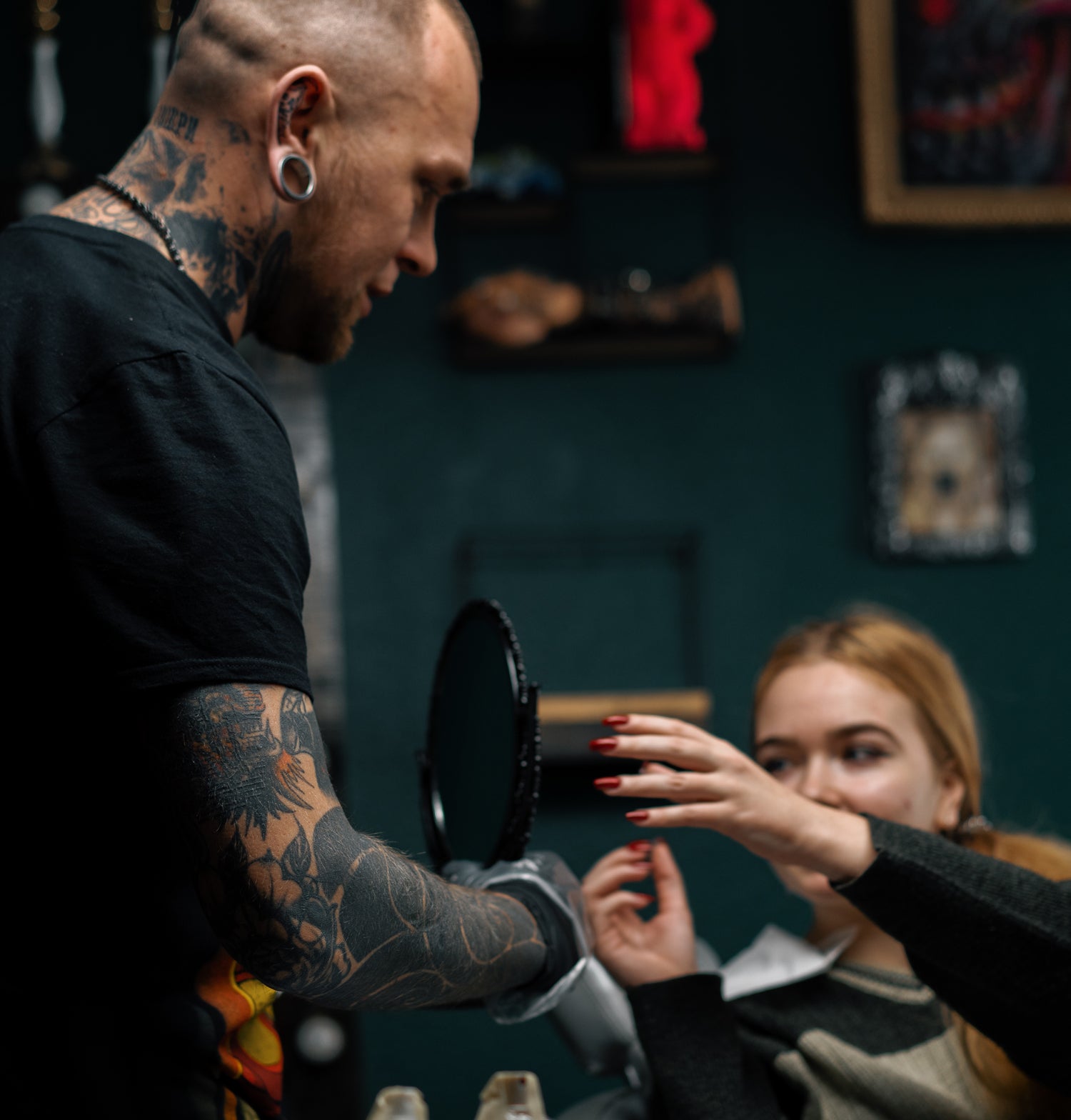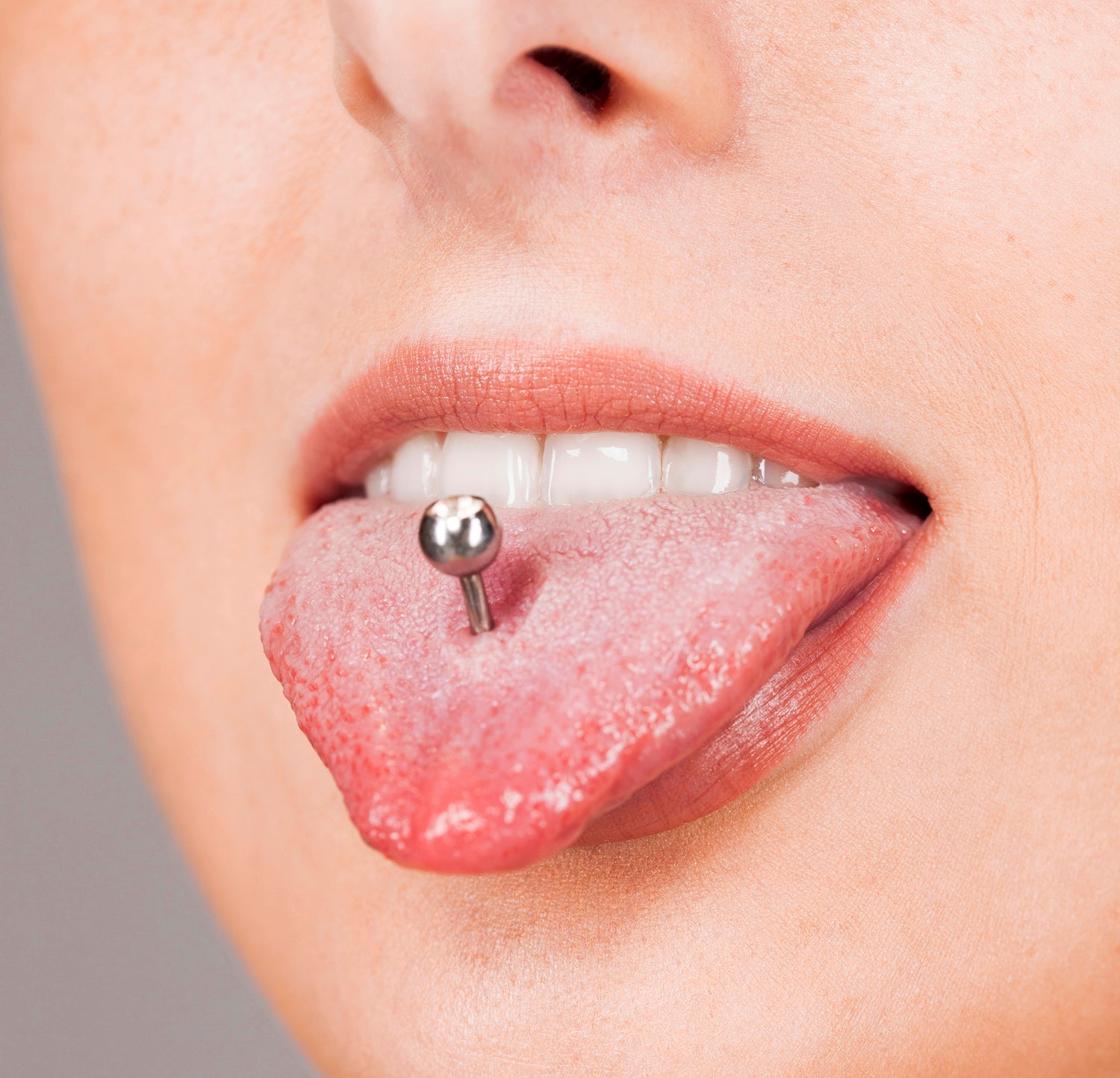We all know that you can stretch your earlobes. But stretching piercings is not just for your lobes, you can actually stretch almost any piercing. And one of the most commonly stretched piercings that is not an earlobe is the septum. So today we’re going to talk a little about how to do that, how to do that safely, and what exactly you’re stretching when you do it.

Earlobes are often viewed as a relatively painless piercing because they are essentially dangling little bits of flesh. There’s no cartilage in there. Septums are also viewed as generally low on the pain scale for piercing, however, there actually is cartilage in there. Piercers talk about piercing the “sweet spot” in your septum. This is a piece of tissue known as alar cartilage. It’s not rigid like the cartilage you’d find in a helix or tragus piercing. Instead, it has a softer, squidgier consistency that is easier to get a needle through than the cartilage in your ear. It also doesn’t generally make that crunchy noise that ear cartilage can make when pierced. It doesn’t require as much pressure to allow the needle through. And it’s also what will be getting stretched.
Let’s preface this by saying that stretching cartilage of any kind is a different experience than stretching flesh. It’s not necessarily painful, but it can be uncomfortable especially when you start to hit the larger gauges. You’ll want to do this slowly. Whereas ears should never be stretched more than 1mm at a time, many people stretch their septums a half millimeter at a time to make the process easier and more comfortable. You can stretch your septum with a few different styles of jewelry including captive rings, horsehoes, hinged segment rings, or pinchers (crescent tapers) but you can also use the same plugs you would use to stretch your lobes. (straight glass plugs) If you use pinchers, remember that they come in both notched and smooth designs. The smooth pinchers are held in place with o-rings. The notched ones have a divot in them that holds them in place. However, the diameter of the divot is slightly smaller, and this can potentially create issues with them being difficult to remove. Be aware of that before stretching with them. Use a bio-compatible oil like jojoba, sweet almond, or emu oil to lubricate the jewelry and your septum well before attempting to insert larger jewelry. You’ll want to wait at least six months between stretches and do not rush the process. Make sure to listen to your body and give it as much time as it needs. Just because it’s been six months doesn’t mean your septum is ready to size up yet.
Why do people stretch their septums? Some prefer the jewelry options that are available at larger gauges. Some simply prefer the aesthetic of unusually thick jewelry in their piercing. And some simply enjoy the eye-catching look that comes with it. Some folks even consider a large-gauge septum piercing to be a sort of “badge of honor”, considering the amount of time and potential discomfort that goes into achieving such a piercing. As one gets into the larger gauges, the jewelry begins to press against the nasal cartilage (not the same as the alar cartilage) which can make for an eye-watering experience that takes some time to adapt and become more comfortable. People stretch their piercings for various reasons that are unique to each person and each piercing and isn’t that what we love - the individuality and personal expression that comes with body modification? So, if you’re looking for an added touch of personal style or you just want to be able to stack jewelry in your septum piercing, stretching it (SAFELY!) may be the way to go! Happy piercing!






